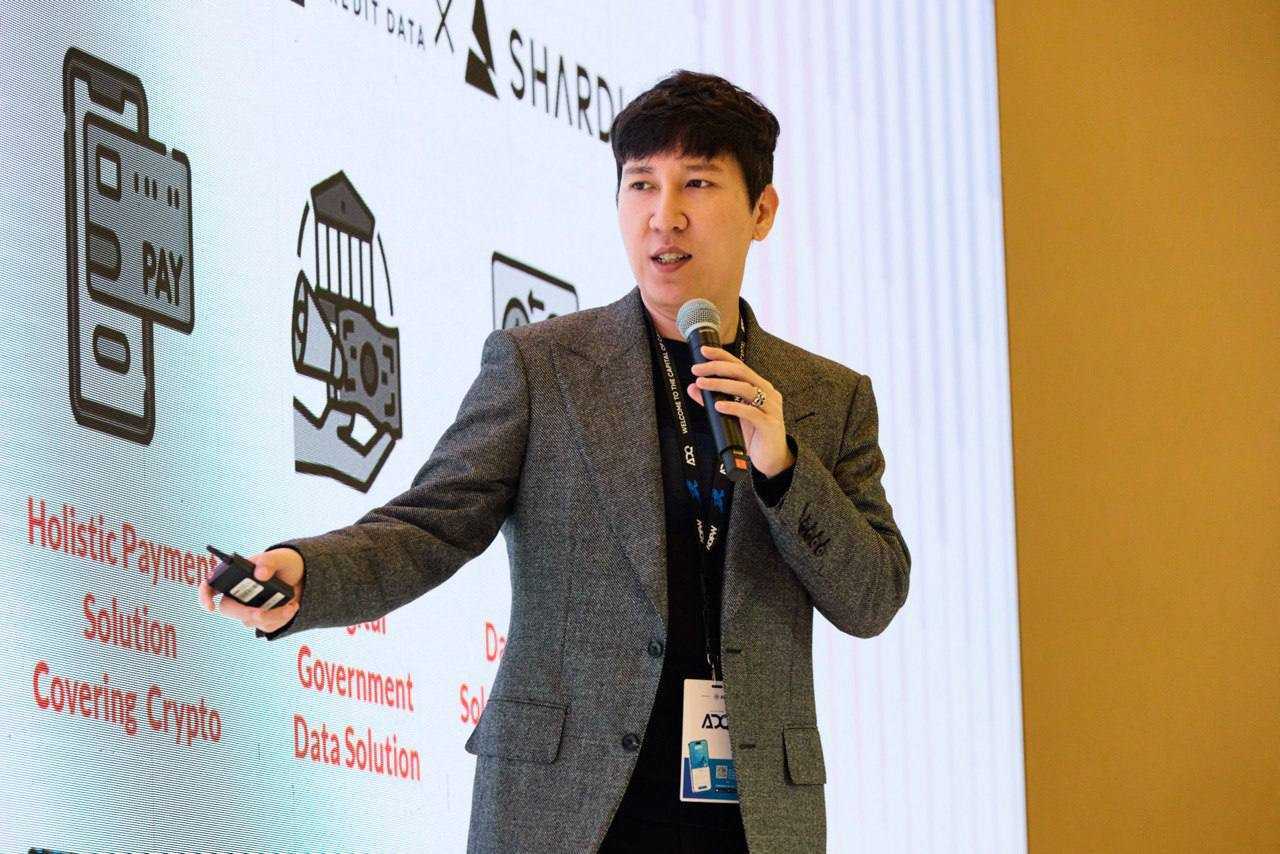At the Metaverse Insider, we had the pleasure of interviewing Vishal Shah, the general manager of AR/VR business and metaverse initiatives at Lenovo. With almost a decade of experience working in the AR/VR industry, Vishal Shah is an early builder of the metaverse space. As someone with great insight on all things metaverse, we discussed where Lenovo stands in this ever-evolving industry.
With Lenovo being an international tech giant, we were interested to see what they perceive the metaverse to be:
“This is the evolution of Web 2.0 into Web 3.0. We now think we’re ready for Web 3.0 and the building blocks are being built because of the need for 3D spatial computing and delivery – which is going to be enabled by low latency 5G networks and XR devices”
As many companies are beginning to make the jump from Web 2.0 to Web 3.0, the development of both software and hardware to support these new systems are flourishing – and Lenovo is at the tip of the spear. Vishal Shah describes the building blocks required to make this quantum leap:
“We look at it from a term of how the content is going to be consumed and experienced, which is the visual or application layer. We look at the distribution layer in terms of where the content is going to live, and how it’s going to be distributed. And then the final layer is the experience layer – in terms of how you’re going to be experiencing the content, whether it’s an AR device, VR device, etc.”
With these primary building blocks in place to make a mainstream metaverse, the need for higher GPU platforms is evident:
“The CEO of Intel said that the metaverse evolution is going to require 10,000 times more compute power than all mobiles did over the last decade.”
There is uncertainty surrounding the use of the metaverse; most people do not know what is it or how it will be used. Therefore, we felt it important to ask what Lenovo envisions it to be:
“The metaverse will be multiple metaverses, hopefully. Whether it’s commercial, whether it’s retail, whether it’s a pure NFT kind of exchange system, or whether it’s an enterprise metaverse. No matter what the metaverse is, we believe that the best way to enjoy that is in an immersive 3D environment through some sort of AR/VR device.”
Concerning Vishal Shah’s description of the building blocks of the metaverse, we were curious to understand where Lenovo stands in this process. Is there a greater focus on the experience side of AR/VR hardware or a greater emphasis on a 5G network for data distribution?
“If you look at what my team is doing right now, we are definitely building the right kind of platform for AR/VR. So, we’ve got a software layer that helps you manage these devices, deploy these devices, and control them. We’ve got the best-in-class hardware – both AR and VR, and we’re the only company in the world that has a complete AR.”
Lenovo is highly involved in the innovative side of hardware development for experiencing the metaverse through AR/VR technology, such as through their recently announced VRX device. They are the first company to have a complete AR device – also providing a large suite of professional services to be able to deploy these applications going forward. This sets Lenovo ahead of the competition:
“The challenge of the Metaverse and AR/VR, in general, is going to be that people have been throwing in hardware from one company and using software from a different company – then trying to bring it all together in an operational environment. And that’s where things fail.”

By building an ecosystem, they have built a complete platform that customers can use for ‘turnkey’ deployment. Asides from the AR/VR side of development, we were excited to learn that Lenovo has their hands in content creation, too – and they have a one Lenovo solution to the entire metaverse:
“If you look at things like the ThinkPad, the think station, the workstations, we’ve got some of the highest computing and premium devices that help power the content creation as well as the content consumption.”
Being number one in high-end PC manufacturing in the world, developers who use software like Adobe and Acrobat to engineer drawings often utilize some variation of a Lenovo laptop or workstation. It is no surprise that Lenovo wishes to continue this popular trend in the metaverse space.
With a strong framework to support the onset of a mainstream metaverse, Lenovo still looks for strategic investments in the area. Either through providing free devices or creating an ecosystem around the metaverse – Lenovo has a strong stand-point:
“If you look at even beyond funding, I think the most important part is how we bring in the right kind of content players, content creators, hardware, and software developers around open systems.”
By either creating its own metaverse and internally investing or by investing in other platforms, Lenovo appears to have its hands in all the pockets of the metaverse space – thus, presenting itself as a metaverse facilitator:
“We are taking a hybrid approach where we are very clear on what we want to do – where we want to be the on the ramp to enterprise the metaverse. Which means we want to create hardware, software, and solution ecosystems that help large enterprises.”
Lenovo still has a greater focus on enterprise applications than the commercial aspects of cryptocurrency and NFTs. However, Vishal Shah mentions that they still work with a lot of system integrators to help large retail brands – should they want to use Lenovo’s platform for Web 3.0 connectivity.
Lenovo’s strategy is around interoperability – having and supporting an open, flexible, and secure system for their customers. There is no doubt that Lenovo is ahead of the game in the metaverse space; they are well positioned for the key building blocks and have the resources to make it work.
Read More: metaverseinsider.tech









 Bitcoin
Bitcoin  Ethereum
Ethereum  XRP
XRP  Tether
Tether  Solana
Solana  Dogecoin
Dogecoin  USDC
USDC  Cardano
Cardano  Lido Staked Ether
Lido Staked Ether  TRON
TRON  Avalanche
Avalanche  Sui
Sui  Toncoin
Toncoin  Wrapped stETH
Wrapped stETH  Stellar
Stellar  Chainlink
Chainlink  Shiba Inu
Shiba Inu  Wrapped Bitcoin
Wrapped Bitcoin  Content Bitcoin
Content Bitcoin  Hedera
Hedera  Polkadot
Polkadot  WETH
WETH  Bitcoin Cash
Bitcoin Cash  LEO Token
LEO Token  Uniswap
Uniswap  Litecoin
Litecoin  Hyperliquid
Hyperliquid  Pepe
Pepe  Wrapped eETH
Wrapped eETH  USDS
USDS  NEAR Protocol
NEAR Protocol  Ethena USDe
Ethena USDe  Aptos
Aptos  Internet Computer
Internet Computer  Aave
Aave  POL (ex-MATIC)
POL (ex-MATIC)  Ethereum Classic
Ethereum Classic  Monero
Monero  Cronos
Cronos  Mantle
Mantle  Render
Render  MANTRA
MANTRA  Dai
Dai  Bittensor
Bittensor  Artificial Superintelligence Alliance
Artificial Superintelligence Alliance  Filecoin
Filecoin